Latest Articles
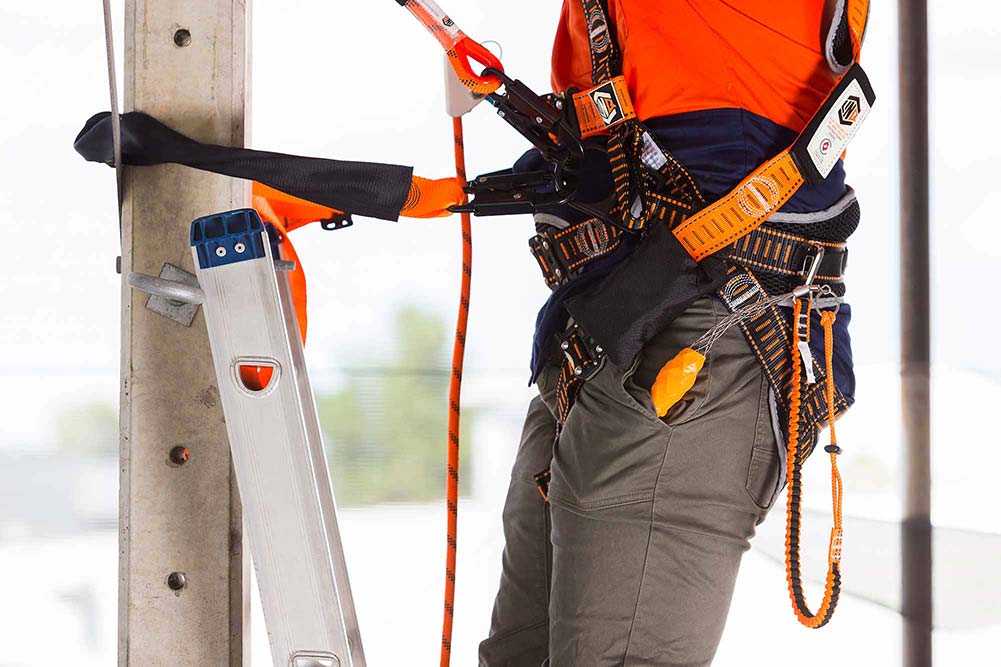
When accidents happen and they all point to the equipment or hardware, usually the fault lies between the manufacturer for the unsound equipment or the PCBU for not training its workers or supplying them with the correct fitting gear.
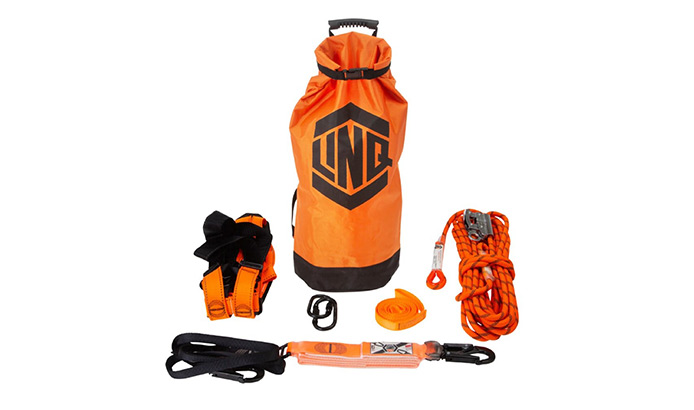
Working at heights presents an ever-present danger of fall, particularly roof repair or maintenance. A Person Conducting a Business or Undertaking (PCBU) in turn has an ever-present duty of care to establish an effective fall arrest system, and providing a standard roofers kit is a sound starting point.
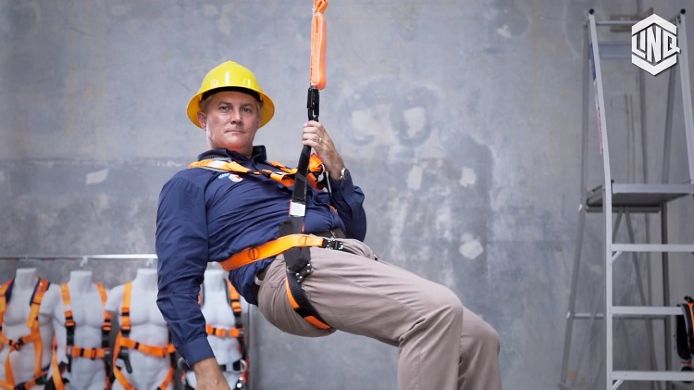
Suspension trauma occurs when a body is suspended motionless in an upright, vertical position, such as while awaiting rescue after an arrested fall in a harness. Also known as orthostatic shock or intolerance, the onset of suspension trauma typically occurs within five to thirty minutes of the victim being suspended.
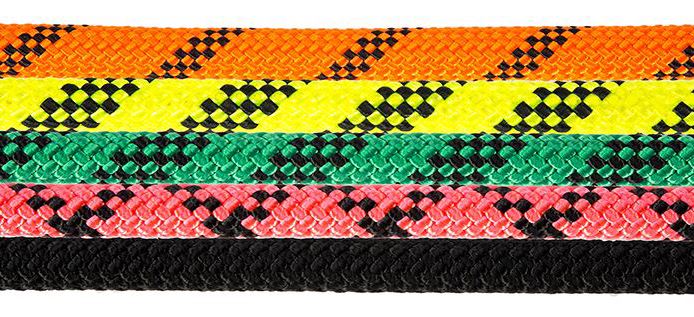
Man-made fibre ropes are used for working at heights and must comply with Australian rope quality standards in their manufacturing and performance characteristics. While the only visible difference may be colour, height safety ropes are not interchangeable with climbing ropes as they are static instead of dynamic in nature.
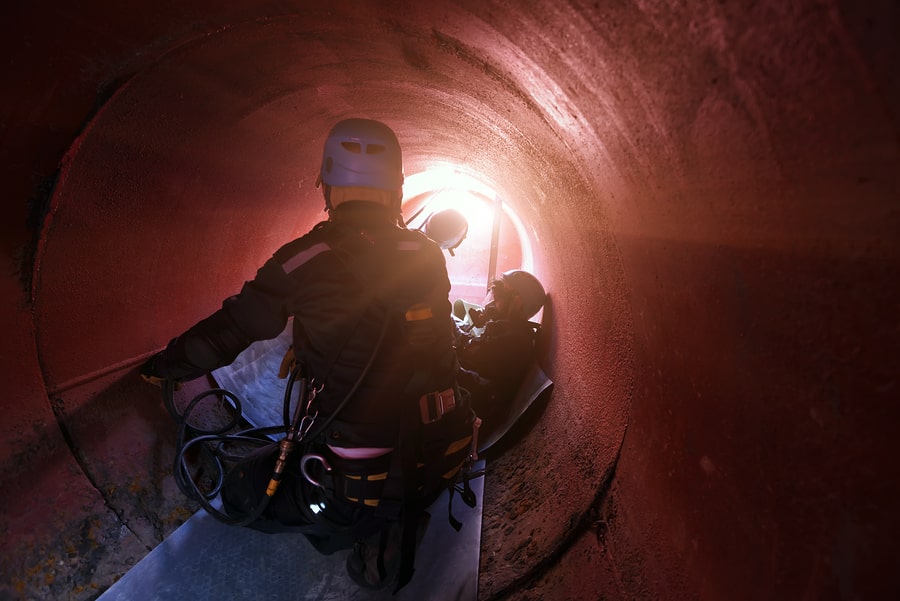
According to the Australian code of practice, employers have a legal requirement to ensure that first aid and rescue procedures are not only established, but also rehearsed so as to be as efficient and effective as possible.
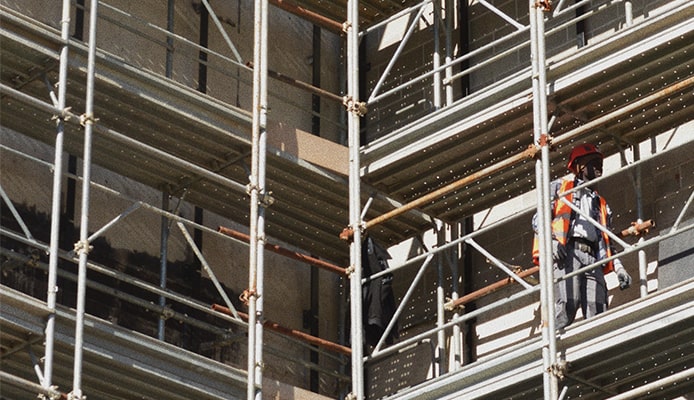
Working at heights is a high-risk activity, with falls a leading cause of death and serious injury across Australia. In NSW alone, more than 12,000 workers were injured after a fall from height between 2014 and 2017, resulting in 25 deaths and more than 240 people permanently disabled.

In April 2019, WorkCover Queensland (WCQ) published a new rope access and fall arrest guide to address industry confusion around appropriate safety standards when conducting maintenance on high-rise buildings.
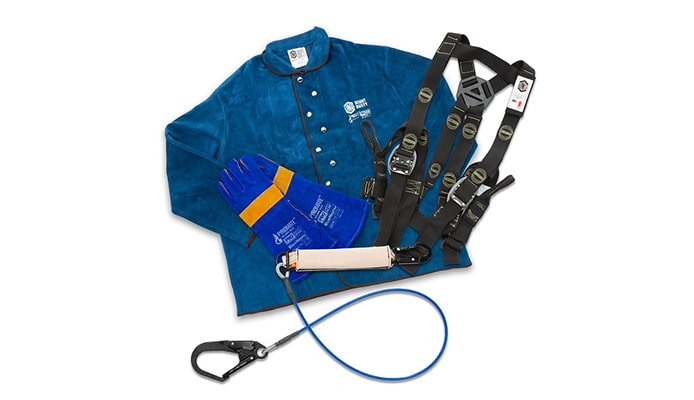
In response to this need LINQ Height Safety Products has launched a range of new products focusing on the safety of workers welding at heights. That includes the their Hot Works Harness, a wire rope lanyard with pig skin cover and a welding jacket specifically designed for working at heights.
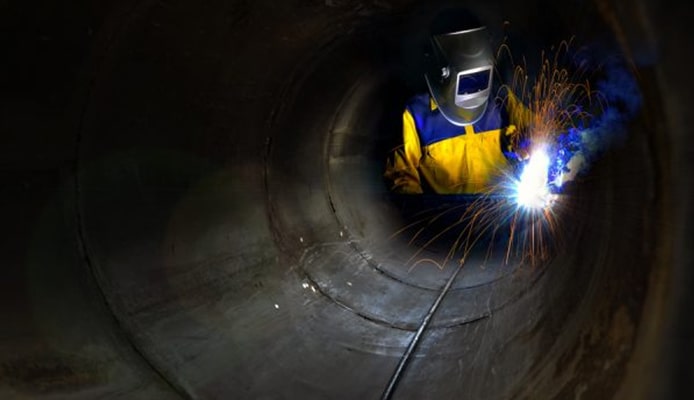
Employers and workers must know their safety obligations to prevent serious injury and death for those working within confined spaces. The atmosphere in confined spaces and limited access to enter or exit, presents a number of risks to workers and there are strict safety procedures that must be followed to minimise risk.

Construction businesses are receiving hefty fines in a SafeWork NSW safety blitz, following findings that workplace reports of falls from heights have tripled in the past five years. SafeWork NSW representatives to issue on-the-spot fines of up to $720 to individuals and $3600 to corporations failing to protect their workers and follow safety procedures.
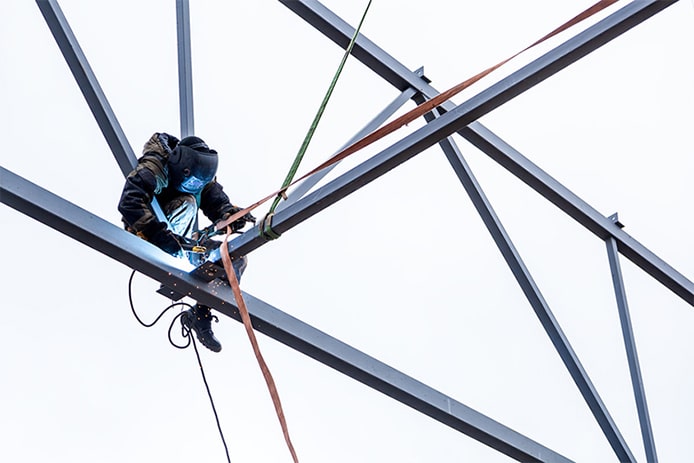
LINQ Height Safety has developed a flame-resistant harness to increase safety for those welding at heights, as national category manager Paul Pozkurt explains. If you or your workers are welding at heights, wearing a traditional polyester harness could be potentially deadly if welding splatter hits it and compromises its integrity.
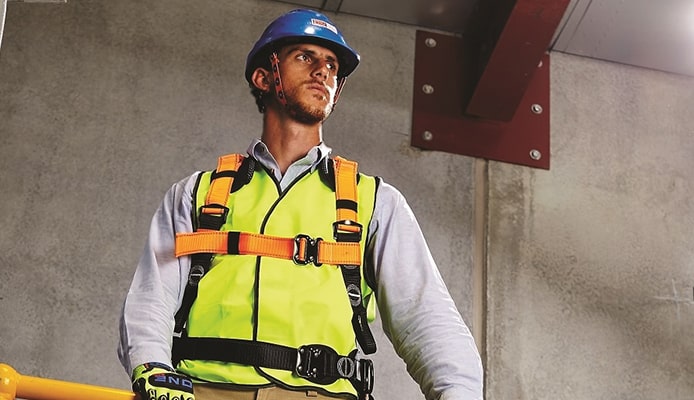
Falls from height often results in head injuries. In fact head injuries accounted for 76 per cent of all fatalities from a fall during 2008 – 11. Plant operator, Peter Haines has experienced first-hand the importance of wearing a hard hat when working at height. He fell five metres from a ladder in 2016 while wearing a ProChoice V6 hard hat.
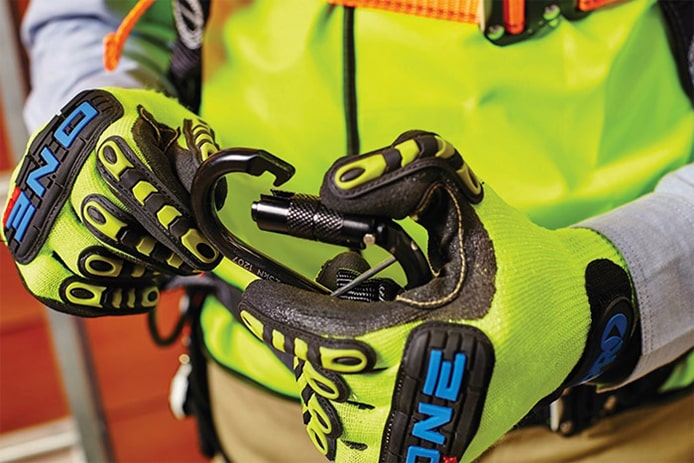
Before placing your or your employee’s life in the hands of a harness, its anchor point must be inspected for installation integrity rather than relying on the certification of the anchor point – if one has been done. Executive Officer, Safety and Risk for Master Builders NSW, David Solomon urged people to consider what an anchor point is fitted to, especially when the sub-structure is covered.
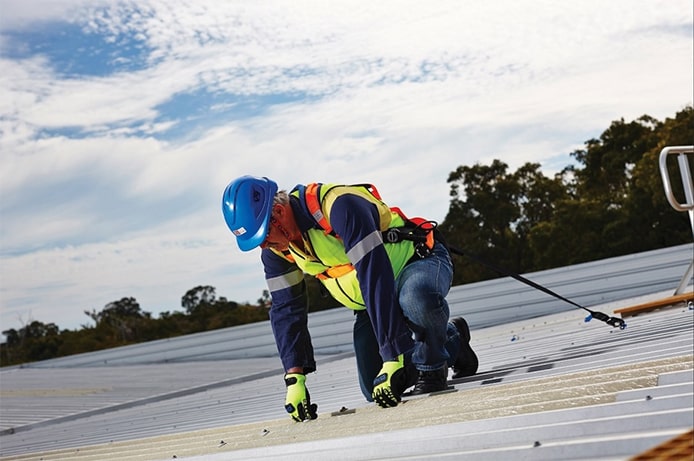
Yet despite the dangers, and knowing the risks, workers continue to have an aversion to wearing harnesses while working at heights. LINQ Height Safety spoke to a solar panel installation contractor who said that despite the dangers, he rarely uses a harness because of the time and financial pressure he faced on jobs.

According to LINQ Height Safety Gear, National Category Manager, Paul Bozkurt, the webbing on all LINQ harnesses (except the H101 Essential Harness) is dipped twice in a water resistant solution called ‘Liqui-Pel’, giving the harness an invisible protective barrier.
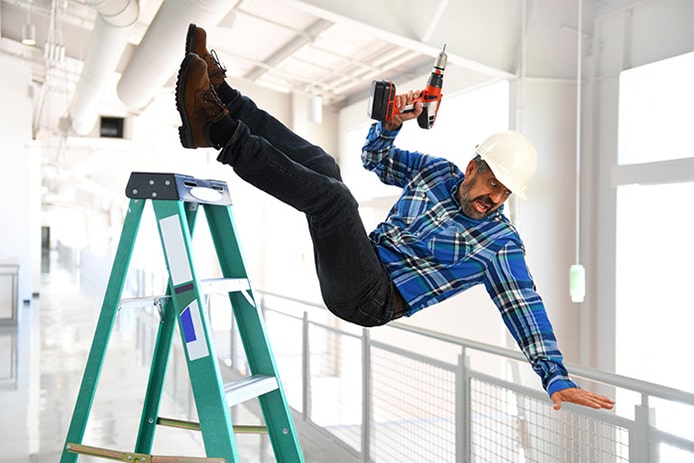
The construction industry is the most dangerous for ladder use, with falls from ladders being the most common causes of fall-related injuries and fatalities, according to data in a 2013 Safe Work Australia (SWA) 2013 falls from height report.
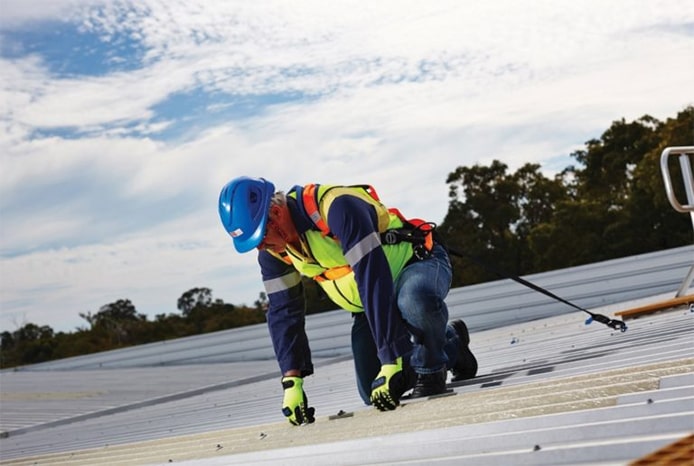
Critical elements of height safety include a correctly fitted and adjusted harness tailored to an individual’s body size and shape, along with worker training on harness fit and use. Independent certification of harnesses and lanyards is also critical to safely working at heights, according to Chief Technical Officer of LINQ Height Safety Equipment, Stephen Sugden.
|